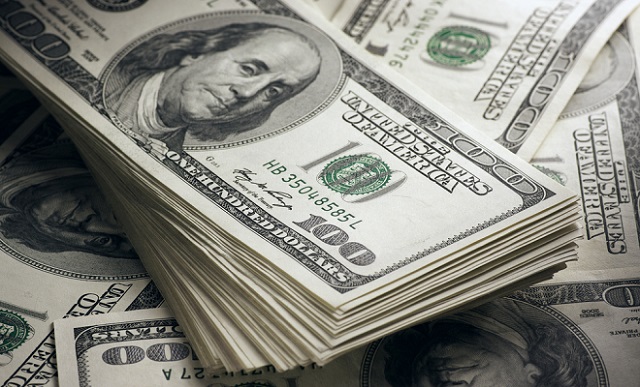
MMT is essentially a description of how money is created and destroyed by governments and by banks
Project Syndicate, 2019 | JAMES K. GALBRAITH | Is Modern Monetary Theory (MMT) a potential boon to economic policymakers, or, as Harvard’s Kenneth Rogoff recently argued, a threat to “the entire global financial system” and the front line of the “next battle for central-bank independence”? For Rogoff, the threat seems to stem partly from the fear that MMT adherents may come to power in the United States in the 2020 elections. But he also makes several substantive arguments, common to many critics of the MMT movement.
First, there is the claim that, as Rogoff puts it, MMT is all about “using the (US Federal Reserve’s) balance sheet as a cash cow to fund expansive new social programs.” Second, Rogoff and other MMT opponents strongly reject the idea that, quoting Fed Chair Jerome Powell, “deficits don’t matter for countries that can borrow in their own currency.”
Yet, as Rogoff admits, “the Fed itself is responsible for … confusion surrounding the use of its balance sheet.” Indeed, while Rogoff decries the Fed’s “quantitative easing” – involving the purchase of trillions of dollars in public (and private) debt after the financial crisis – his argument is that QE didn’t really work, not that it was destabilizing or inflationary. He sees no threat to the global financial system in that experiment.
Similarly, despite his full-throated backing of Powell on deficits, Rogoff reverts to cautious realism about the U.S. national debt. As he points out, today’s long-term real interest rates are “about half their 2010 level, far below what markets were predicting back then.” And he acknowledges that inflation has remained lower than “virtually any economic model would have predicted,” while “the US dollar has become increasingly dominant in global trade and finance.” Perhaps the U.S. budget deficit is not an immediate cause for panic after all?
MMT is not, as its opponents seem to think, primarily a set of policy ideas. Rather, it is essentially a description of how a modern credit economy actually works – how money is created and destroyed, by governments and by banks, and how financial markets function. Nor is MMT new: it is based on the work of John Maynard Keynes, whose A Treatise on Money pointed out back in 1930 that “modern States” have functioned this way for thousands of years.
From this description, certain straightforward facts flow. Governments create money by spending and extinguish it via taxation. It follows, therefore, that a large country, borrowing in its own currency, cannot be forced into default. That is why the U.S. is not Greece, and cannot become Venezuela or Zimbabwe.
 The Independent Uganda: You get the Truth we Pay the Price
The Independent Uganda: You get the Truth we Pay the Price


